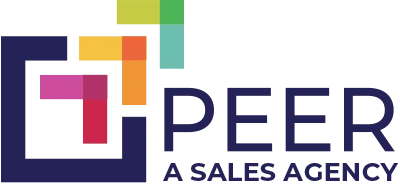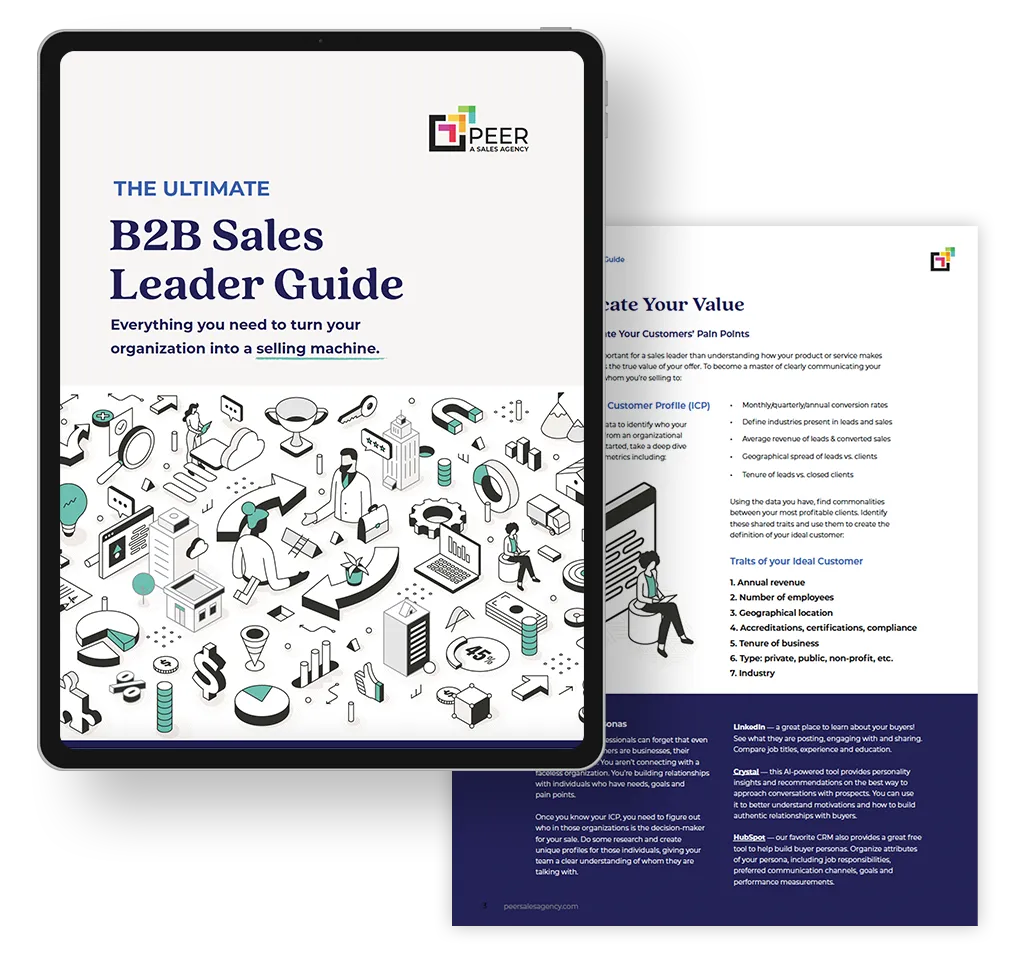When you hear “sales collateral,” what comes to mind? We’re willing to bet it’s traditional marketing pieces like brochures and sales slicks — things you’d send home with a potential customer after an initial meeting. But when it comes to closing deals, you need to be mixing in digital pieces as well. With the right mix of print and digital collateral, you’ll be reaching potential customers at all points in the sales funnel.
So, what are the key pieces to your sales collateral puzzle? Let’s break it down by type, stage in the funnel, and ways to use each piece —and start closing deals like never before.
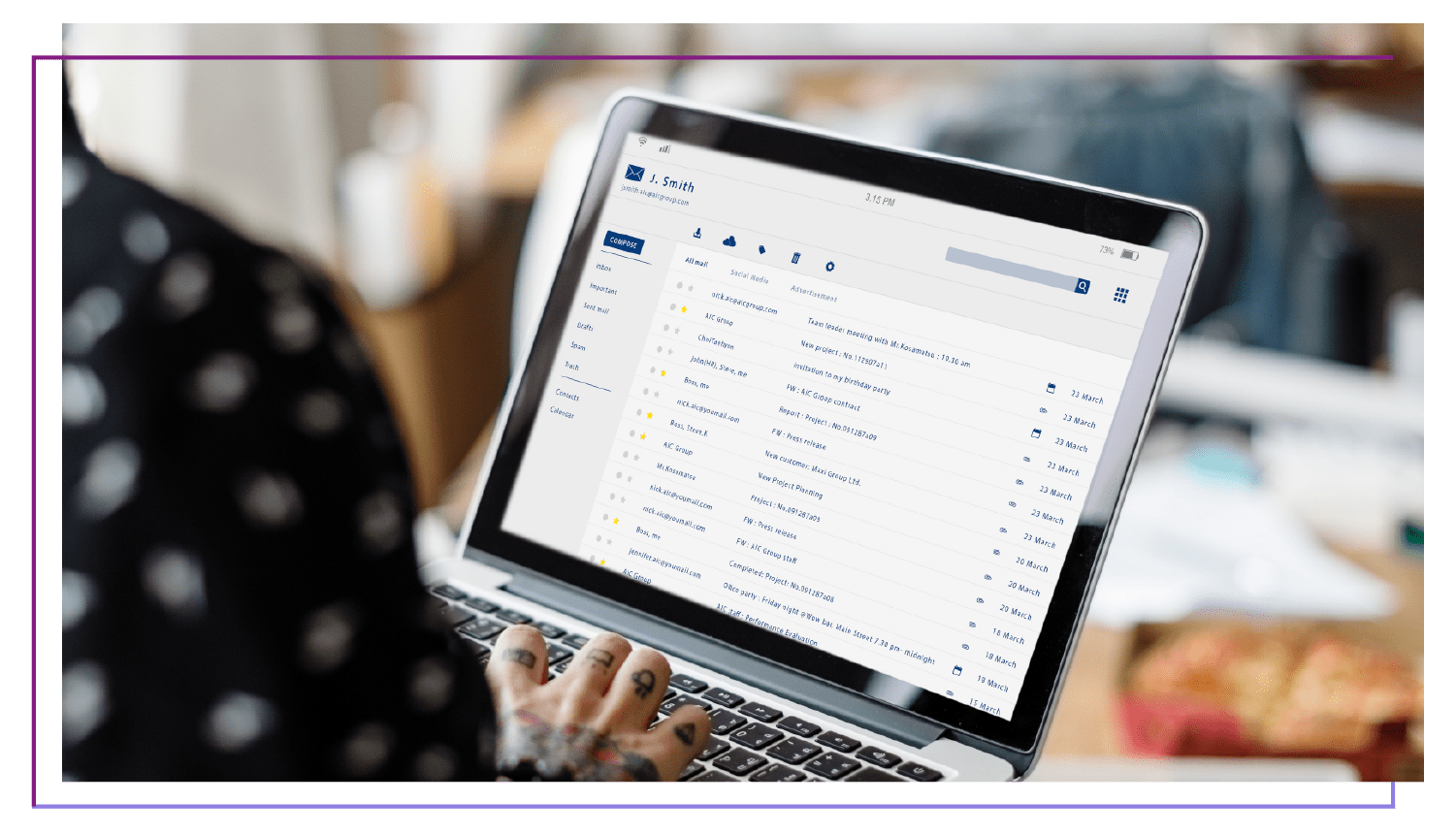
#1: Email nurture series
Think of email as your all-purpose touchpoint. Whether you’re working on attracting new customers or staying top of mind with a qualified lead who’s just about to pull the trigger, email is an easy, inexpensive tactic that can reach a lot of eyes for not a lot of money. In fact, market research shows that a $1 investment in email marketing can see a return of as much as $42.
Stage of funnel: All stages!
How to harness it:
- Think carefully about your customer experience and design your email stream accordingly; the goal is to stay in contact but not be a nuisance.
- Use a conversational tone and personalize to your audience—the days of batch and blast are long gone.
- Each email in the stream should build on the last and lead your contact further down the funnel.
And remember this rule of thumb, for every “take/ask” (like get a demo) should be preceded by 3 “gives” (content, information, recommendations, etc)
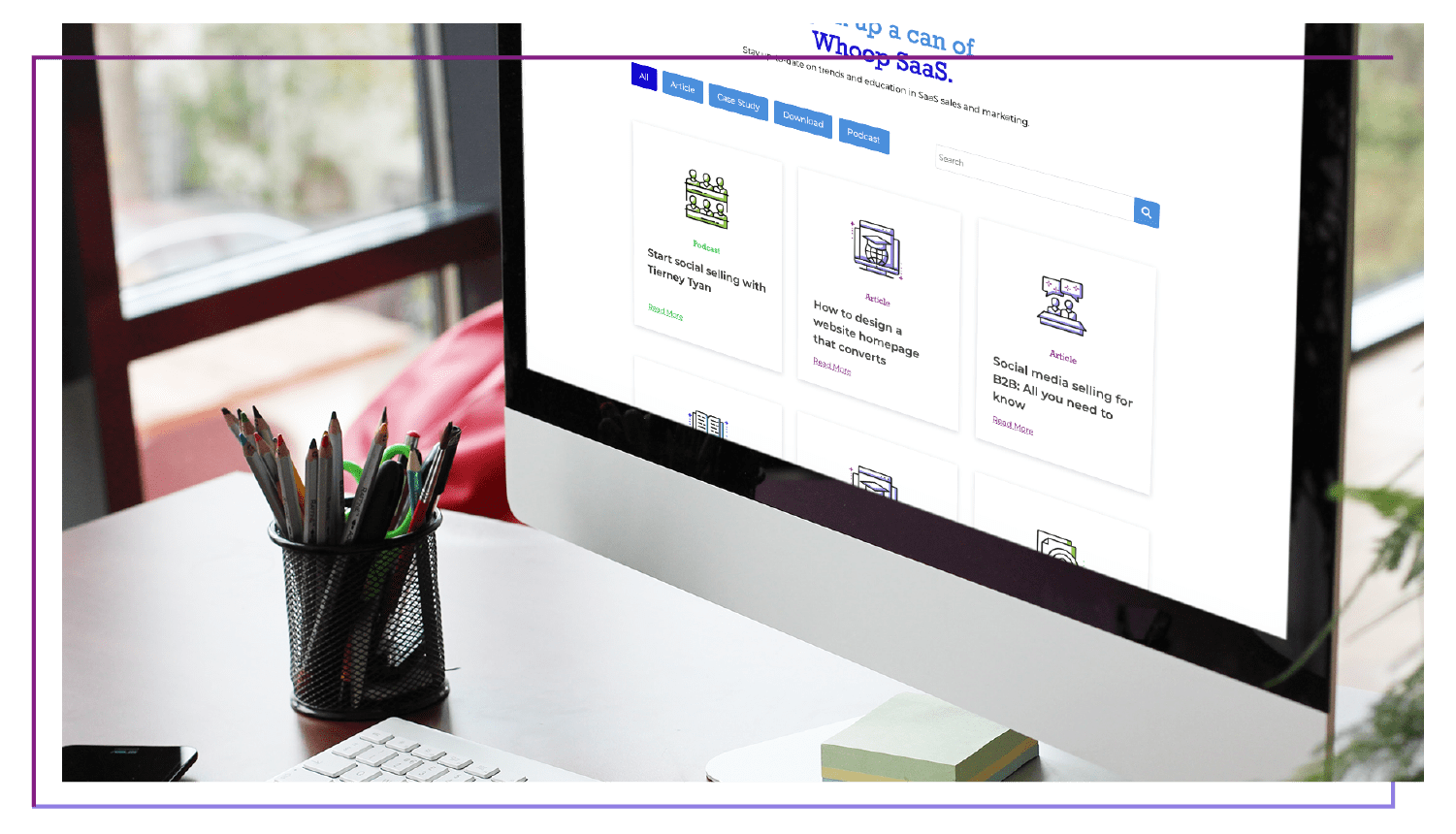
#2: Blog articles
Blogs have come a long way, from the days of LiveJournaling your feelings to becoming a powerful tool for your company to establish thought leadership. A well-curated blog full of relevant information and shared expertise shows customers (current and potential) that you know your stuff — and you’re ready to help.
Stage of funnel: All stages!
How to harness it: Develop a content marketing plan that includes blog content for every stage of the funnel, and share it via email and social media. Be sure to consider SEO best practices in your blogs to ensure you’ll turn up as high as possible in search results. After all, you never know who might discover you thanks to a simple Google search.
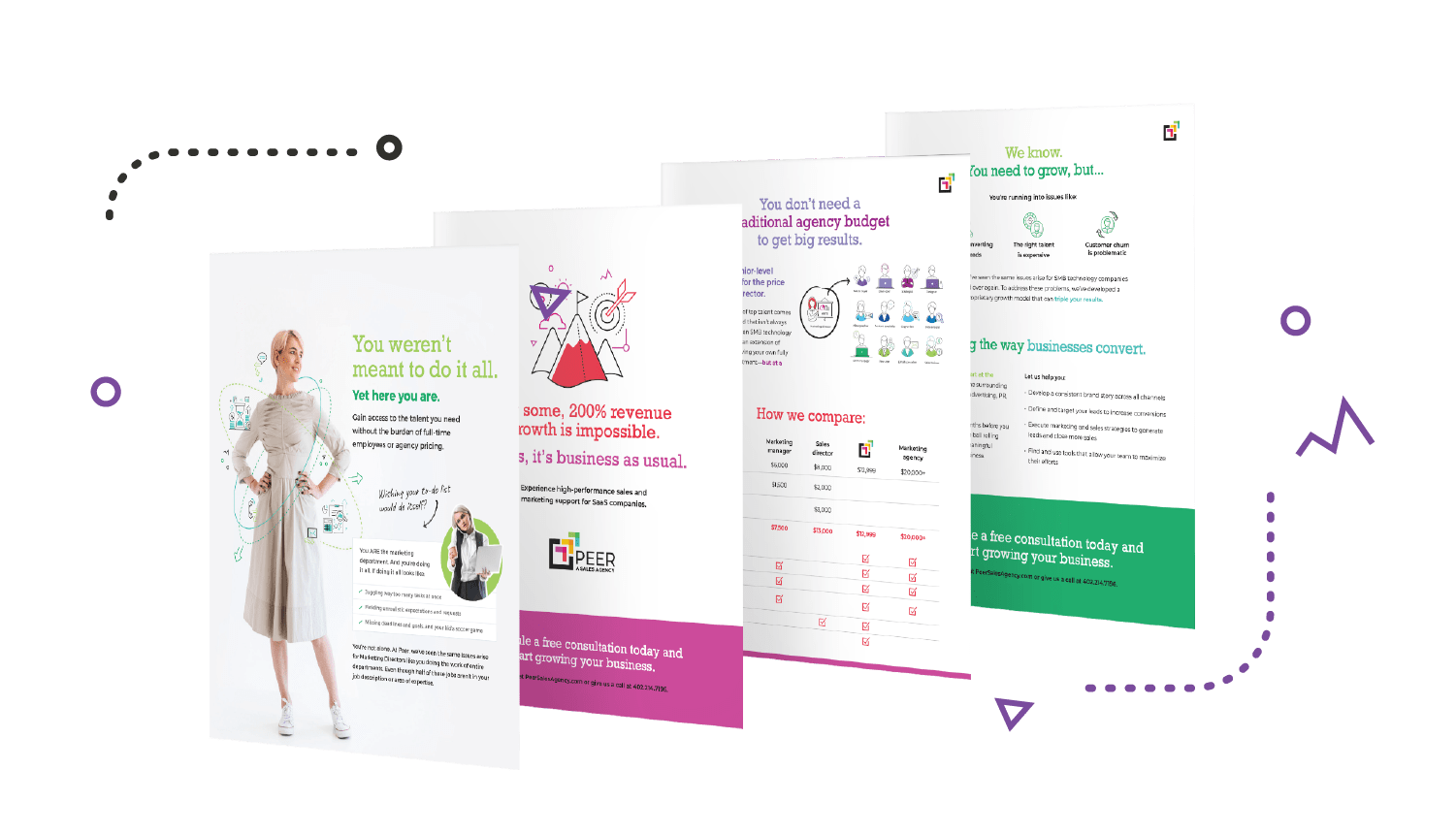
#3: Sales slicks
Print sales collateral isn’t dead. In fact, sales slicks (aka sales sheets, spec sheets, or product one-pagers) are a valuable Middle of Funnel sales tool for delivering more detailed information on your products or services. (And hey, who says a sales slick can’t exist digitally as a downloadable PDF?—we say it should!)
Stage of funnel: Middle
How to harness it: At this point in the funnel, potential customers are aware of your products or services and want to know more. Use sales slicks as a way to outline specs, highlight customer benefits, and provide contact information so that a potential customer knows who to reach out to if they want to learn more or schedule a demo.

#4: Videos
Sometimes, it’s better to show rather than tell. That’s where explainer, testimonial and demo videos come in, giving you a chance to tell a story, and show potential customers what your products and services look like in action. Not to mention, video will get you serious brownie points with search and social.
Stage of funnel: Middle
How to harness it: Whether you opt for an explainer video detailing the ins and outs of your offering or you provide a more interactive demo experience that puts the potential customer in the driver’s seat, it’s important to keep your viewers needs and challenges top of mind.
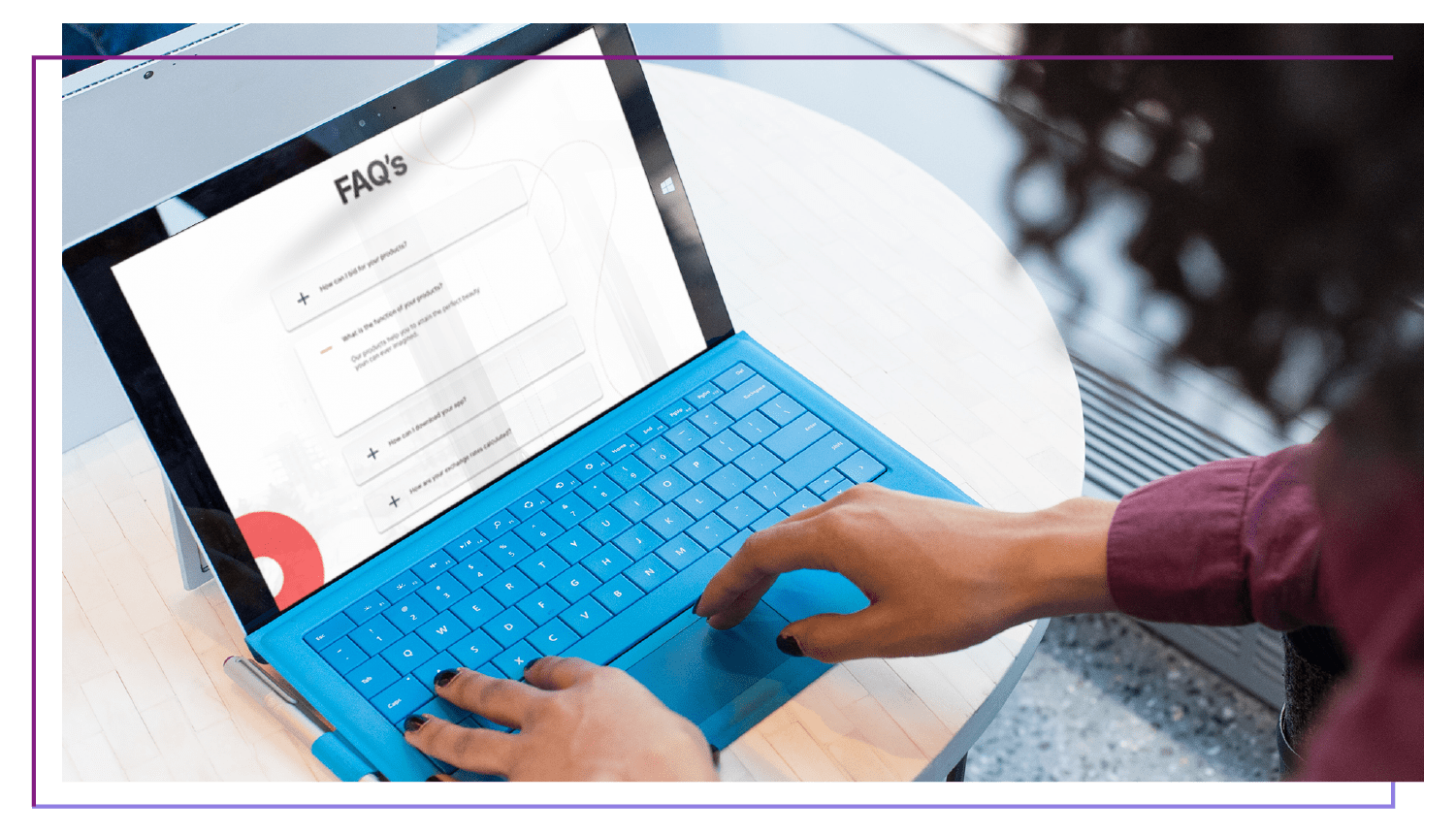
#5: FAQs
There’s a reason FAQ is such a universally recognized acronym: People are bound to have questions, and FAQs are a great way to easily address the most common ones that crop up.
Stage of funnel: Middle
How to harness it: FAQs sheets or web pages do more than answer questions. They highlight features and benefits, dig deeper into details, and perhaps most importantly, show that you’re in tune with a prospect’s needs and concerns — and that you’ve thought through how your product can address them. But did you also know FAQs can be good for SEO? Just take a look at the stats around zero click search results.
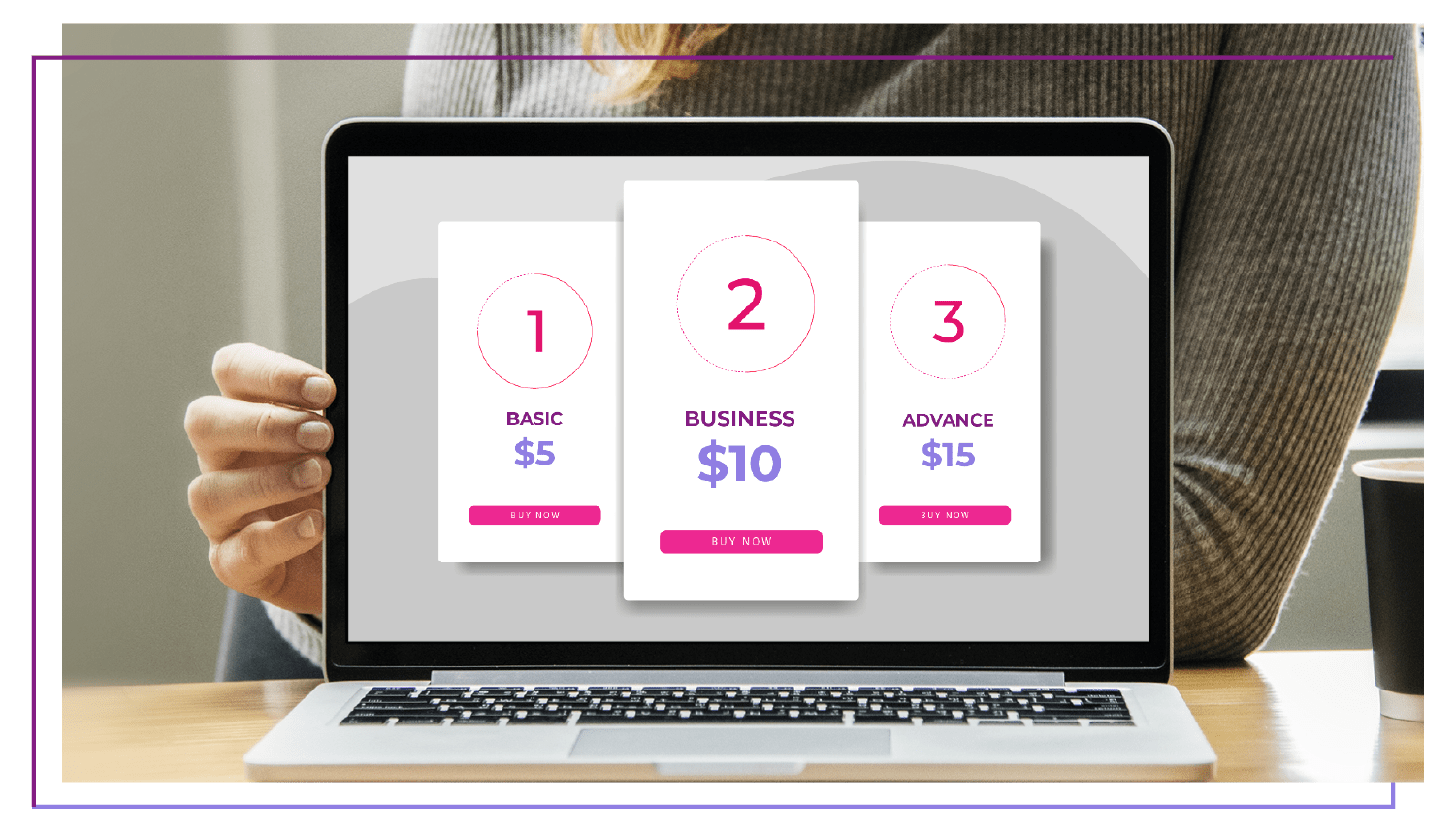
#6: Comparison guides
As your prospect considers their options, one piece of sales collateral to consider is creating a comparison guide to aid in the decision-making process.
Stage of funnel: Bottom
How to harness it: There are a couple of approaches you can take: You could compare versions or tiers of your products and services side by side in an effort to upsell a prospect to a higher level. Or, you could compare your offerings with those of your closest competitors. Either way, highlighting specific benefits, specs, and price levels provides valuable comparison info at a glance.
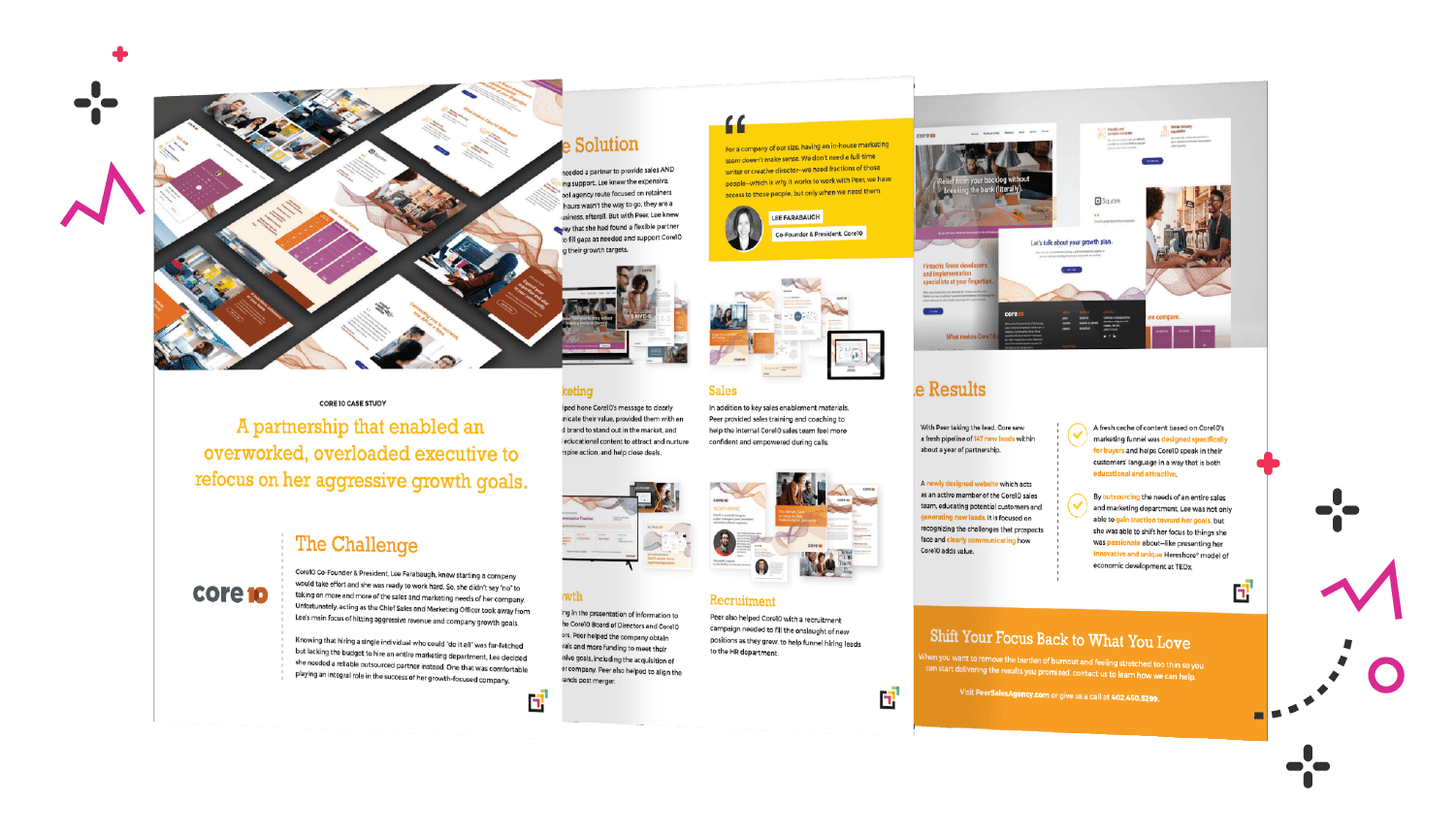
#7: Case studies and testimonials
When your prospect is ready to move from the consideration to the decision phase in their journey, it’s time to pull out the big guns: success stories. Being able to hear from someone in their situation who has benefited from your products and services will go a long way toward making their decision an easy one.
Stage of funnel: Bottom
How to harness it: Create case studies and testimonial videos that will be relevant to your potential customers. If they can see how you were able to help someone in their industry or in a similar situation, they’ll be better able to understand how you can help them specifically — and it’ll make it easier for them to get buy-in from higher-ups if they can “look what it did for so-and-so!”
Ready to close the deal with top-notch sales collateral?
If your sales arsenal is lacking the right pieces, we can help. Contact us to learn more about how we generate and nurture leads today.
